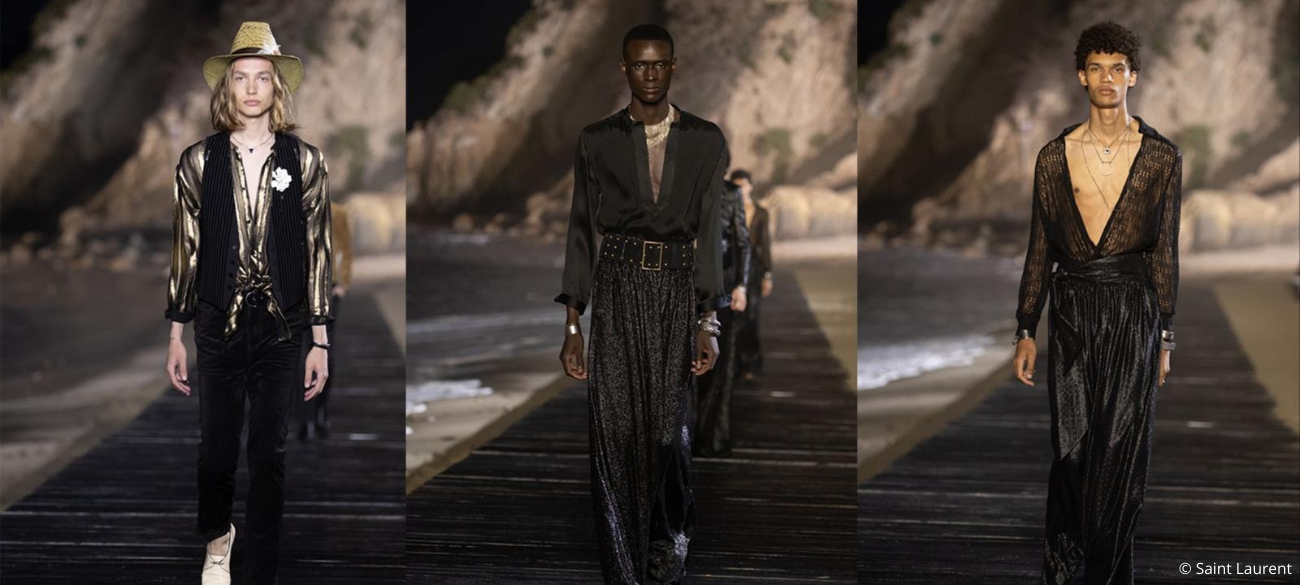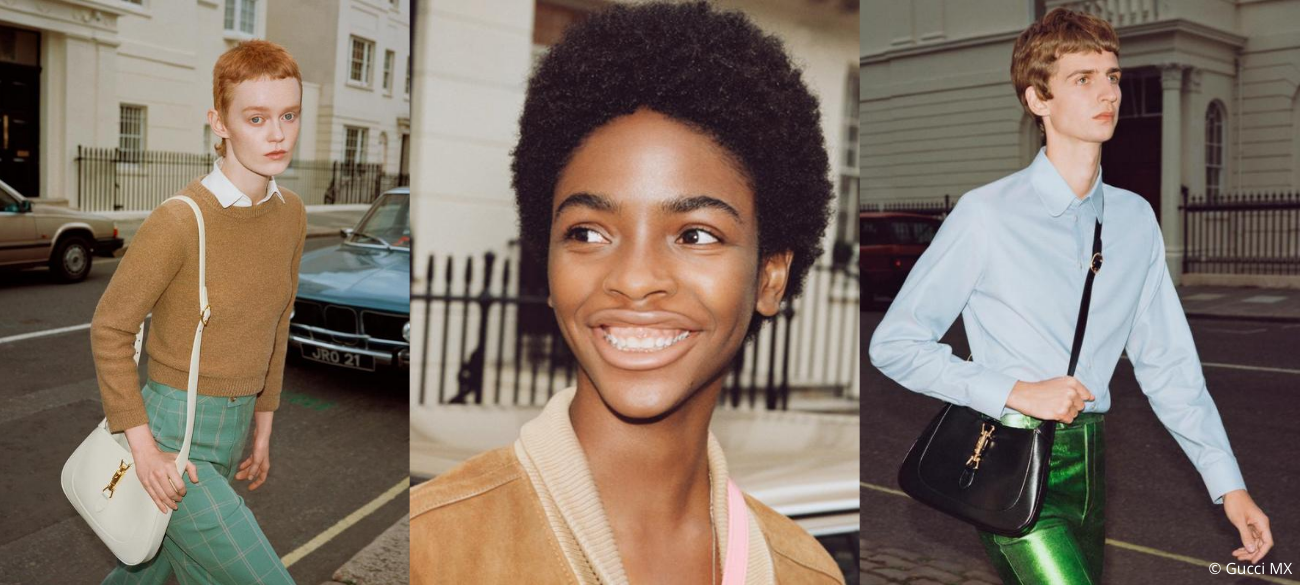Gender neutral fashion: the new norm?
Several years ago, fashion chain Zara made waves with a gender neutral collection. The fashion industry as a whole has been making progress, and ever more brands are recognising the importance of this form of inclusivity. And that's for good reason: 65% of Generation Z now also ventures outside of their 'own' department to shop. What does this mean for fashion industry norms?
Inclusive foundations
Gender neutral fashion may seem like a simple concept, but its foundations extend beyond solely clothing. In a Business of Fashion podcast earlier this year, performance artist Alok Vaid-Menon called for the dominant beauty ideals within the fashion industry to be detached from gender. Alok - and many others with them - argues that gender does not have any bearing on what looks good. What's more, transgender and non-binary people deserve a visible place in society.
Gender fluid collections
By now, many fashion brands appear to have gotten the message. In 2018, online retailer ASOS significantly upped their gender neutral offering. Their approach was based on the notion that Gen Z wants to set its own standards and rules, which fits perfectly with genderless fashion. Gender fluidity was also the norm at the Saint Laurent SS20 menswear show; artistic director Anthony Vaccarello pushed boundaries by giving the models glitter, waist belts, harem trousers and dark eyeliner. After the show, the designer explained that his men's collections were inspired by women, and vice versa.

The most recent example is from Gucci, which is leading the way for the luxury brands: in late July, it launched the label Gucci MX. With this line, creative director Alessandro Michele demonstrates how the concept of gender is becoming increasingly relative. His ultimate aim is for fashion to no longer play an important role within fashion: celebrate self-expression based on gender equality!
The new norm?
If recent months have proved anything, it's that equality and representation are vital. And this naturally includes transgender and non-binary people. The question remains whether gender neutral clothing will become the new norm. It has already become apparent that a pride collection alone is not sufficient for a brand to demonstrate that they are inclusive. Sustained action is essential.
The result is a shift on the shop floor: in the United States, men's and women's collections are increasingly mixed up, which blurs the boundaries between the two departments. The current paradigm shift demands that we learn new standards and question the long-standing socially accepted norms and values. The new generation is at the helm; Gen Z no longer accepts the imposed gender norms unquestionably (Wunderman Thompson Intelligence), and retailers are responding accordingly. And as is the case with many trends in America: this too will make its way to the Netherlands of its own accord.
Written by Emma Vloeimans
Share article
